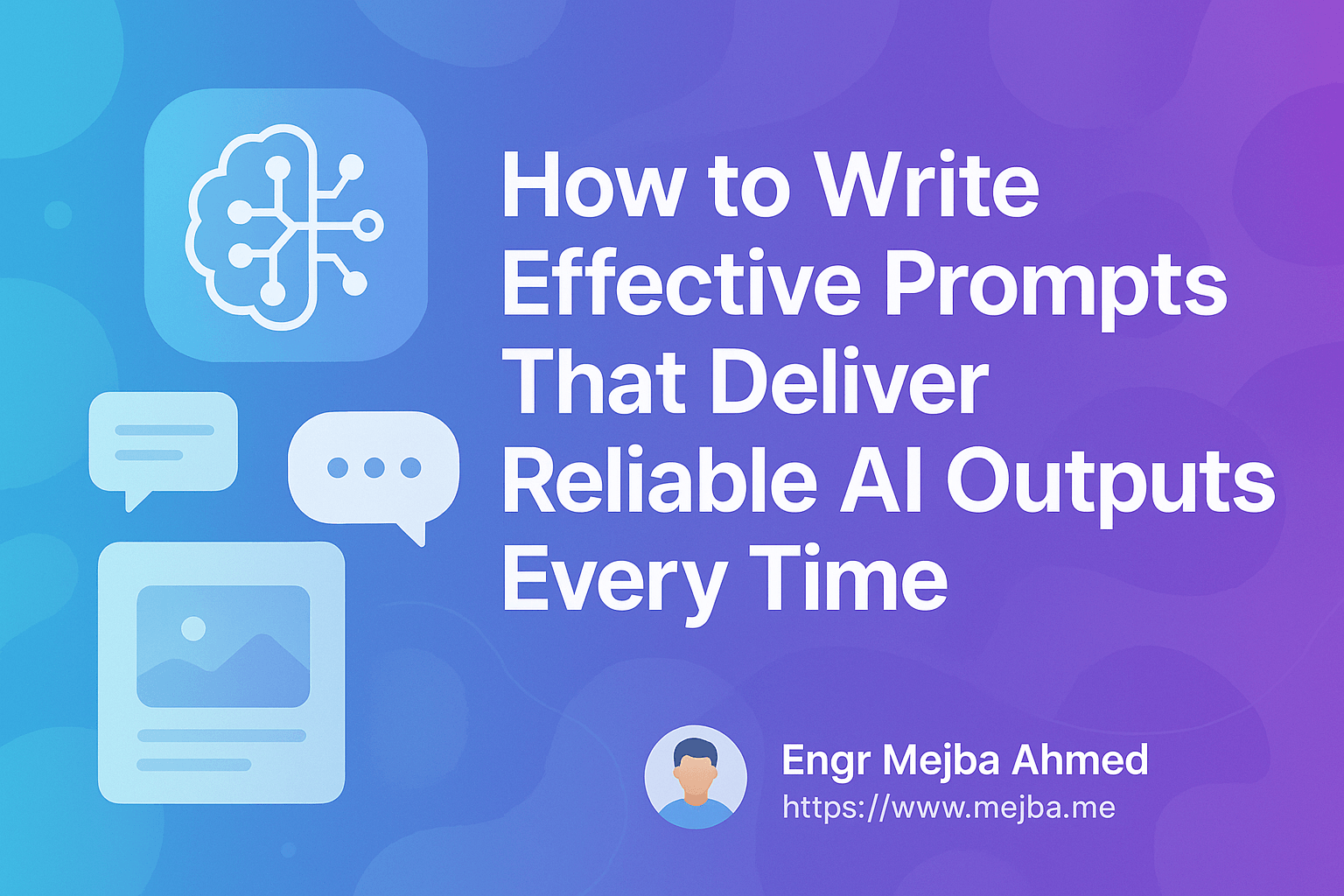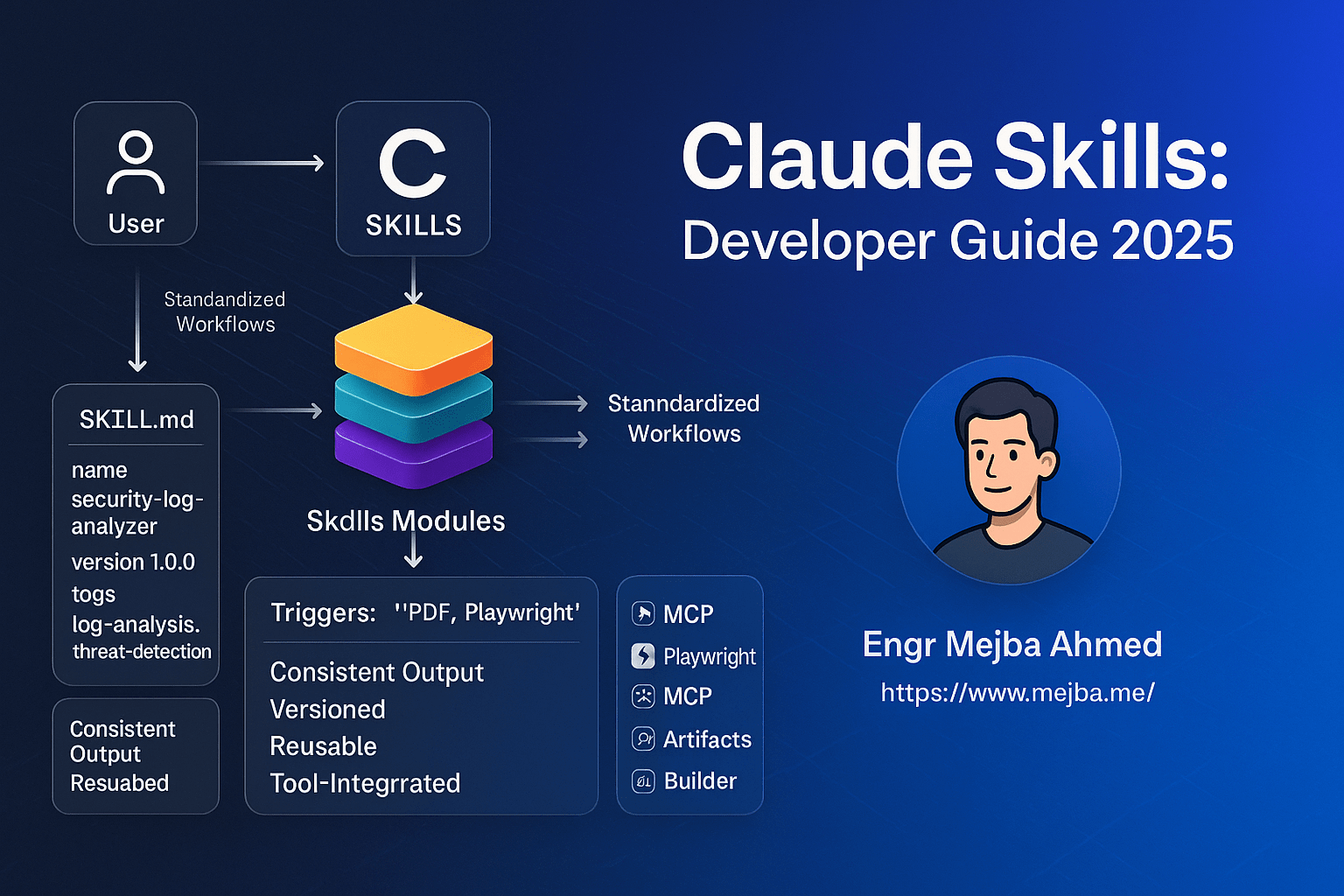How to Write Effective Prompts That Deliver Reliable AI Outputs Every Time
1. Introduction – Why Prompt Writing Matters
As generative AI tools like ChatGPT, Claude, and Gemini continue to reshape industries—from marketing and education to software development and customer service—getting accurate and consistent results depends heavily on how you communicate with the model. That’s where prompt engineering comes in.
While the technology behind these tools is sophisticated, the outcome often hinges on something deceptively simple: your input. Learning how to write effective prompts can be the difference between a vague, off-target answer and a precise, professional result.
This guide breaks down AI prompt writing tips, with clear examples and expert strategies to help you get the most out of AI tools—whether you're a creator, developer, marketer, or everyday user.
2. What Makes a Prompt "Effective"?
An effective prompt is:
- Clear: Easy to understand, without ambiguity.
- Contextual: Gives the AI enough information to understand your intent.
- Focused: Asks for a specific result or output style.
- Repeatable: Can produce reliable AI output across multiple sessions.
Whether you're drafting social media captions or automating code generation, the quality of your prompt directly impacts the value of the AI’s response.
3. Key Principles of Prompt Engineering
Prompt engineering isn’t just about writing commands — it’s a blend of strategy and communication. Here are foundational prompt crafting techniques:
✅ Be Specific
Vague:
“Tell me about marketing.” Better: “Explain three proven digital marketing strategies for e-commerce startups.”
✅ Set Output Structure
Example:
“List 5 bullet points on how to improve email open rates, with short explanations.”
✅ Use Constraints
Give the AI limits to refine the response:
“Summarize this in under 100 words.” “Write in a formal tone for a LinkedIn post.”
✅ Iterate and Refine
Treat prompt writing as an evolving process. Tweak based on output and learn from results.
4. How to Use Roles, Tone, and Context to Guide Output
AI responds better when given roles or personas. This sets the tone and frames the expertise level of the output.
🔹 Role Example:
“You are an expert SEO consultant. Explain how to conduct a keyword analysis for a blog.”
🔹 Tone Example:
“Write this in a friendly, conversational tone suitable for a blog aimed at beginners.”
🔹 Context Example:
“Write an email pitch to a potential client who has visited our website but hasn’t made a purchase.”
These prompts guide the AI’s understanding and help you improve ChatGPT results with higher precision.
5. Prompt Examples: Good vs. Poor Inputs
Let’s compare to see how much prompt quality matters.
❌ Poor Prompt:
“Write about social media.” Output: A generic overview with little actionable insight.
✅ Refined Prompt:
“As a social media strategist, write a 5-tip guide for increasing Instagram engagement in 2025, tailored for fashion brands.” Output: Detailed, on-brand, and useful to the target audience.
❌ Poor Prompt:
“Explain AI.” Output: A basic definition with minimal depth.
✅ Refined Prompt:
“Explain generative AI in simple terms, with examples like ChatGPT and DALL·E, for a non-technical reader.” Output: Accessible explanation, includes real-world tools, better engagement.
6. Tips to Make Outputs More Consistent
To boost AI output consistency, apply these techniques:
- ✅ Use templates: Reuse proven prompt structures for similar tasks.
- ✅ Set expectations: Define output format (e.g., bullet points, markdown, tables).
- ✅ Use follow-up prompts: Clarify or refine if results are slightly off.
- ✅ Chain prompts logically: For complex tasks, break your queries into smaller, connected parts (a technique often called Chain of Thought prompting).
- ✅ Set the context every time: Don’t assume memory unless you’re in a persistent session.
7. Common Mistakes to Avoid
Even seasoned users make mistakes. Here’s what to watch for:
- ❌ Being too vague: Leaves AI guessing, often produces generic answers.
- ❌ Overloading the prompt: Too many instructions in one go can confuse the model.
- ❌ Ignoring tone or audience: Leads to mismatched output style.
- ❌ Failing to test variations: One version rarely gets it perfect.
Prompt engineering is about testing, refining, and learning what works best for your use case.
8. Tools & Resources for Better Prompting
Here are some tools and learning resources to enhance your prompt crafting:
- OpenAI Cookbook – Real examples and strategies: https://github.com/openai/openai-cookbook
- PromptHero – Prompt templates for ChatGPT, Midjourney, and others
- FlowGPT – Community-driven prompt sharing platform
- Anthropic Claude Prompting Guide – https://www.anthropic.com/prompting
- LearnPrompting.org – Free beginner-to-advanced prompt engineering guide
Bookmark these as your personal prompt engineering toolkit.
9. Conclusion – Final Tips for Prompt Mastery
Learning how to write effective prompts is a skill that multiplies the value of any AI tool. Clear intent, proper context, and continuous refinement are the keys to unlocking reliable AI output.
✨ Final Takeaways:
- Start simple, then iterate
- Be clear about what you want
- Use roles, tone, and structure to guide the AI
- Learn from every prompt you write
Generative AI is only as powerful as the instructions you give it. So start experimenting, stay curious, and keep fine-tuning your craft.





